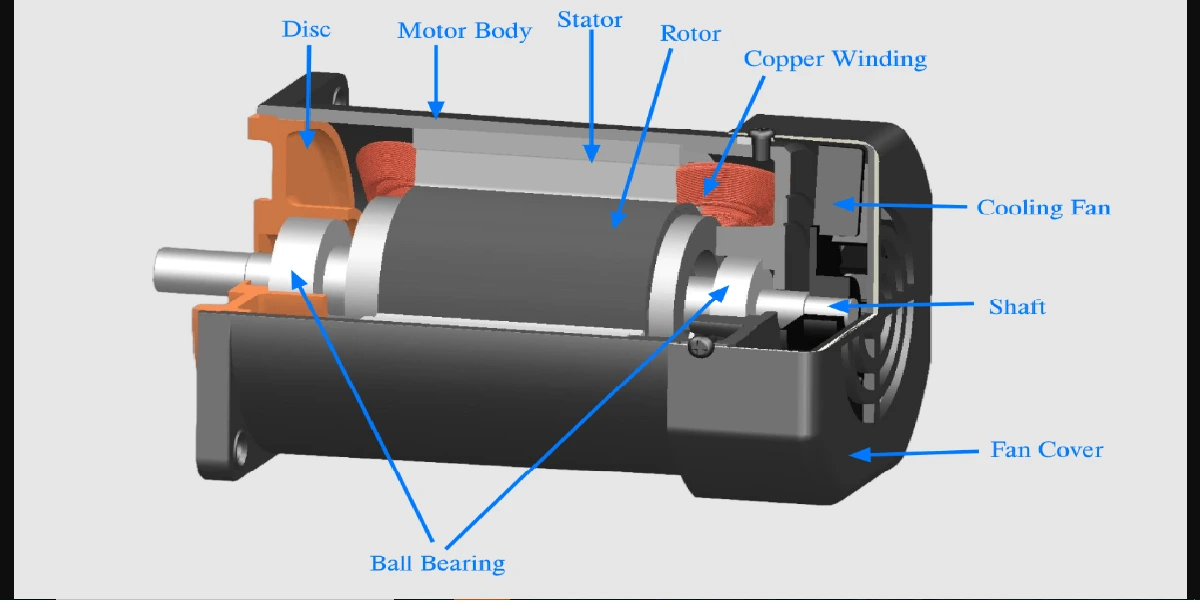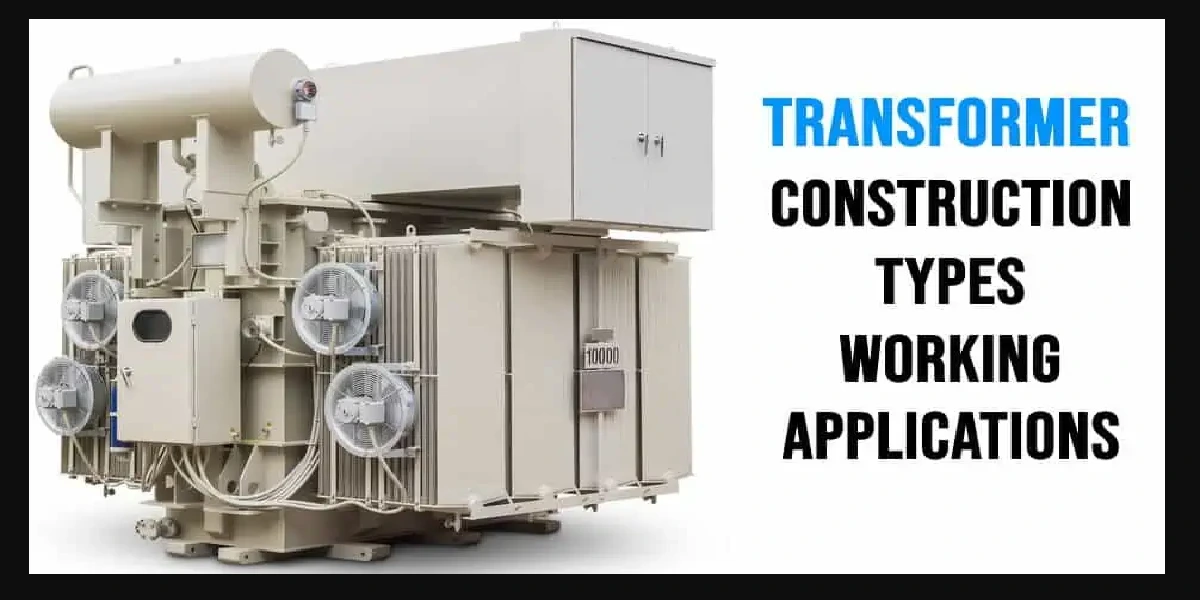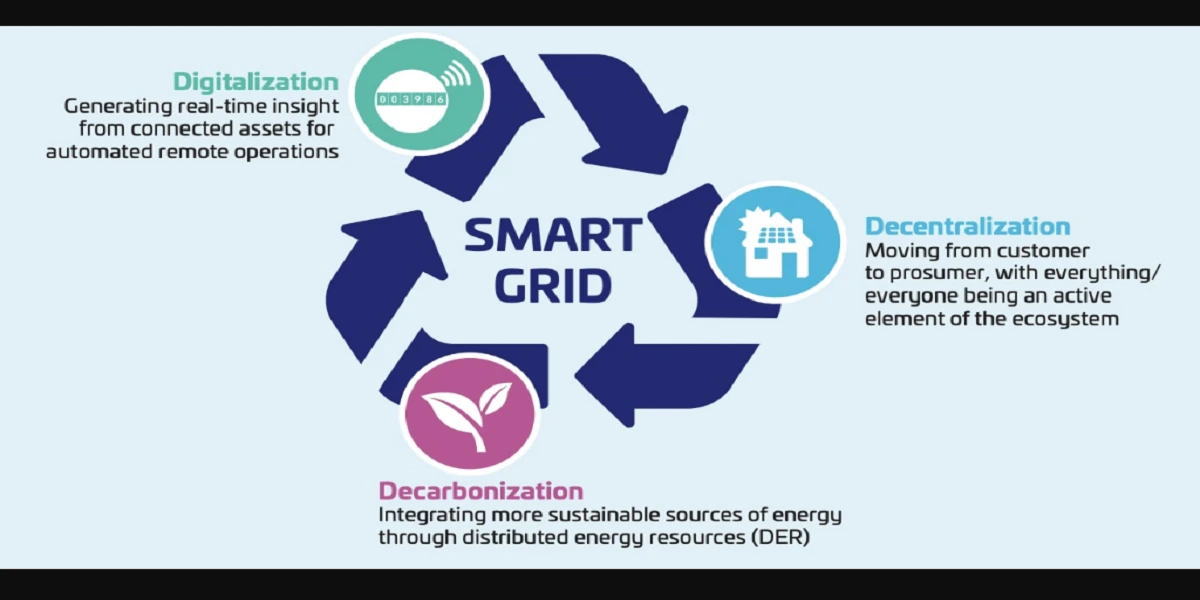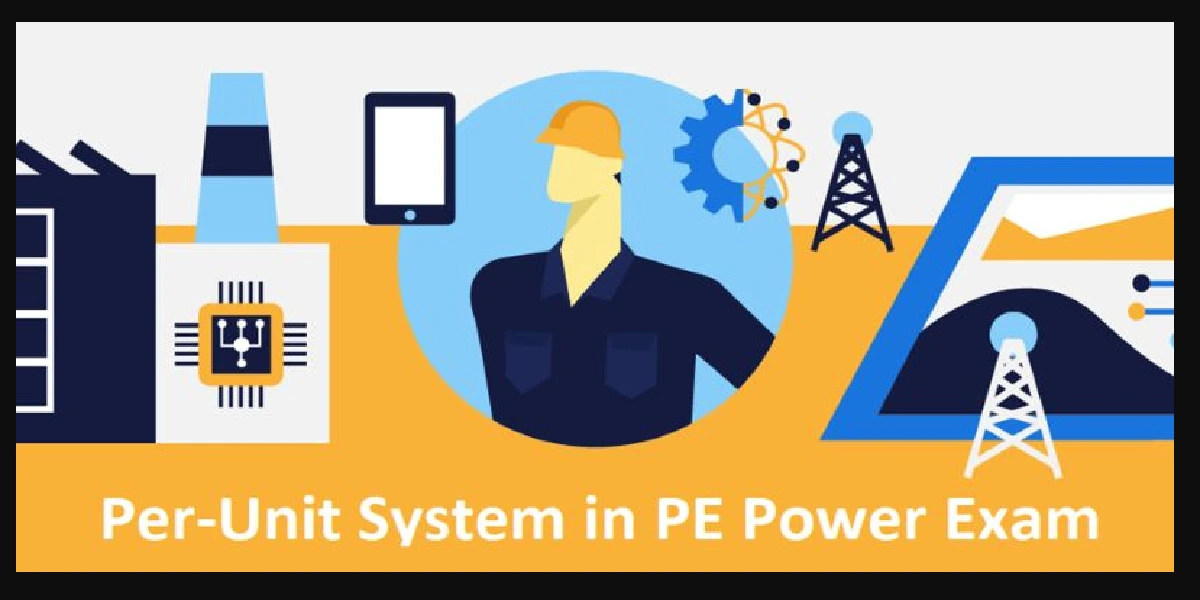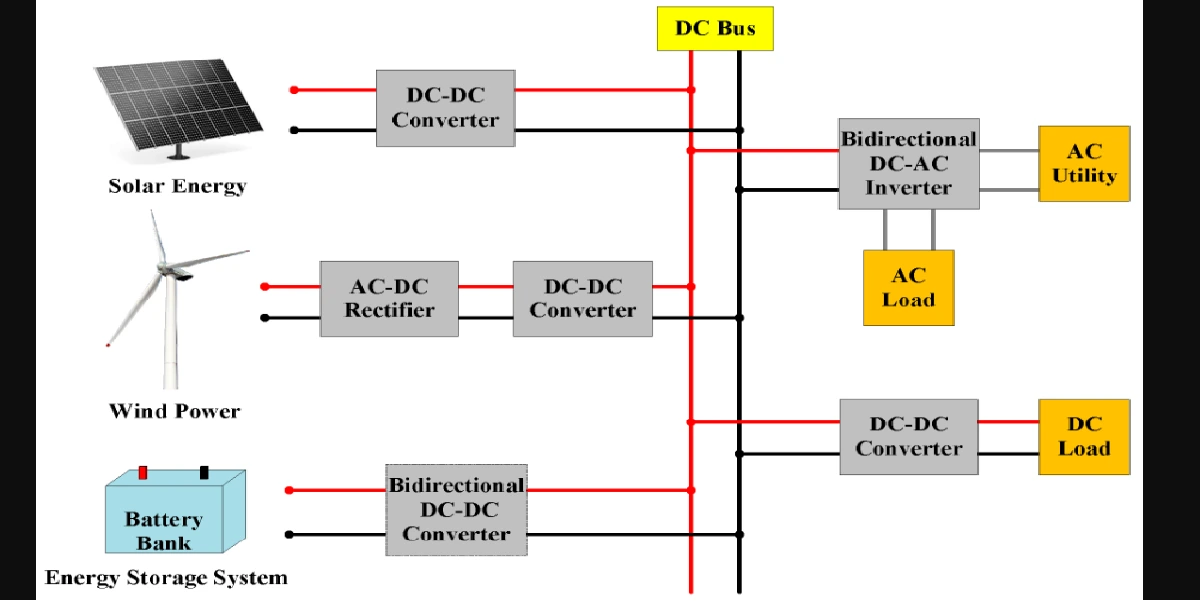Microprocessors are the foundation of advanced electronics. They help these modern devices to perform complex computation and control tasks in different fields and scenarios. The course EECE 4534 Microprocessor-Based Design describes the microprocessor systems, including their design and applications. This guide will also cover the key points of the course, including the following;
- Microprocessor design
- Programming microprocessors
- Interfacing with microprocessors
- And the practical features of building microprocessor-based systems
Before proceeding, we will first learn what microprocessor-based design is called.
What is a Microprocessor-Based Design?
A microprocessor is a small, combined circuit that functions like a computer’s brain. It operates data and computations and handles other parts of a computer. Microprocessors are used in different applications, including simple household machines or devices, complex embedded systems like cars and phones, and industrial robotization.
The EECE 4534 course helps students learn about designs that use microprocessors. This course combines both theoretical and practical work to teach students how hardware and software perform together in microprocessor-based systems.
Key Aspects of Microprocessor Design
-
Microprocessor Architecture
Before learning about the microprocessor design, one should first learn about its architecture. The architecture of a microprocessor is the internal design and function of a processor.
Here is a list of key components of a microprocessor.
-
Arithmetic Logic Unit
The arithmetic Logic Unit, or ALU, is responsible for mathematical operations. It proceeds with addition, subtraction, multiplication, division, and other logical operations.
-
Control Unit
The control unit (CU) interprets instructions and guidelines and coordinates the movement of other components. Simply, the CU manages microprocessor operations.
-
Registers
Registers are the small, fast-moving storage spaces in a microprocessor. They store data, instructions, and memory addresses while processing.
-
Buses
Buses are communicators. The microprocessor communicates with other system parts through buses that hold data, addresses, and control signals.
-
Clock
The clock sends a timing signal that coordinates the functions of the microprocessor to ensure that all parts work together smoothly.
-
Microprocessor’s Programming
Besides microprocessor architecture, the EECE 4534 course also studies the programming of microprocessors to operate any task. Microprocessors depend on machine or assembly language for operations. Assembly language matches the machine code that the processor implements.
The EECE 4534 teaches about the programming of assembly language to write and debug code for microprocessor-based applications. Here, students practically learn how to control devices, including their input and output, calculate operations, and apply controlling procedures.
Microprocessor-Based System Designs
Learning only about processor programming does not help when designing an entire microprocessor-based system. It involves designing applications from scratch and combining the microprocessor with external devices, memory, and other parts. The EECE 4534 students learn about all these from start to finish.
5 Steps to design a microprocessor-based system
-
Access the requirements
Before proceeding to the design process, students should first understand the system’s functional requirements. Which tasks should the system perform, and what inputs and outputs should be provided to it?
-
Structure of hardware
In the second step, students create the draft structure of the physical circuitry. This draft system establishes a link between the microprocessor and other parts. In this practical, students have two options: design custom circuit boards or choose commercially accessible modules.
-
Develop the software
After setting up the hardware, students are assigned to develop software to manage the system. Students write device drivers, control breakups, and apply control functions in this process.
-
Testing and troubleshooting
Once students have completed their system build-up, they are asked to test its proper functionality. Moreover, in this phase, students learn about troubleshooting tools, including logic analyzers and oscilloscopes. These tools debug hardware and software problems.
Practical Applications of EECE 4534 Microprocessor-Based Design
Multiple practical applications in a microprocessor-based design are also performed in the real world. In this phase, EECE 4534 students are familiarised with these applications, including;
-
Embedded systems
Many specialized computing systems work in our surroundings, including medical devices, automotive control systems, and home automation applications.
-
Robotics
Microprocessors play a central role in the robot’s structure, controlling sensors, actuators, and other functions. These functions help automatize the robot’s behavior.
-
Communication systems
Microprocessors support communication devices, including wireless routers and cellular phones, to operate and handle data transmission.
-
Consumer electronics
Microprocessors enable digital cameras, televisions, and gaming consoles to operate complicated functions. In EECE 4534, students practice on these projects for experience. These practicals are conducted to prepare students for embedded systems design, robotics, and automation careers.
EECE 4534 Microprocessor-Based Design prepares students to learn deeply about the design and structure of microprocessor applications. Combining theoretical and practical experiences, students study microprocessor architecture, assembly language programming, peripheral interfacing, and structure. This is helpful learning for those who want to pursue their future career in electronics, embedded systems, and computer engineering.
Read More: What is analog and digital communication

